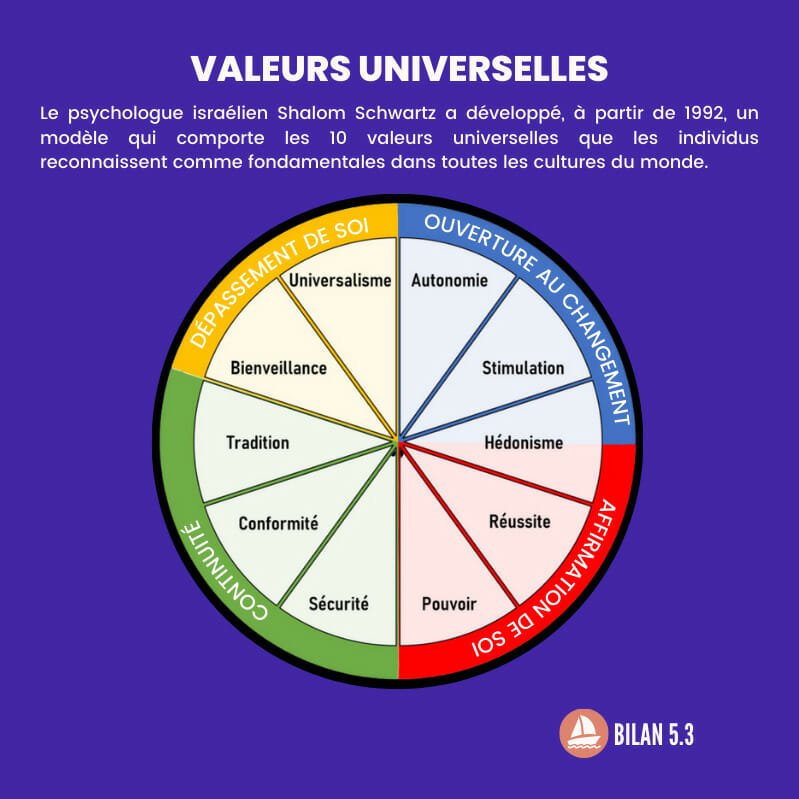From the age of 65, women live on average 3 or 4 years longer than men. But the latter are more prone to depression or dependence, says an INED report.

At a time when the theory of gender makes the hair of some stand on end, the National Institute of Demographic Studies (INED) decided to approach gender issues from a scientific perspective. Demographers show that the fight for equality between men and women has made progress but is not won. When it comes to health, for example, women live longer than men. Good news for them? Not really, as this extra life expectancy is often associated with poor health, according to a recent report by
“At 65, women live on average 3 to 4 years longer than men”, indicates INED. Years during which the latter often encounter difficulties in carrying out their domestic tasks and often present cases of severe dependence. These disabilities are thought to be due to osteo-articular diseases or anxiety-depressive disorders. While men die more from cancer or cardiovascular disease. This partly explains why the latter live shorter than women. But women are also more concerned about their health. One or more pregnancies induce, for example, most of the time a medical follow-up over several years. And to carry out an early detection of serious diseases in the latter, unlike men.
A smaller gap over the years
However, as the INED report indicates, the gap in male-female life expectancy has tended to narrow in recent years, dropping from 8.3 years in the 1990s to 6.5 years. in 2013. Are men more concerned about their health than before? According to the INED report, the latter are indeed increasingly adhering to practices previously reserved for women (lifestyle, diet). And conversely, women are increasingly adopting lifestyles similar to those of men. Smoking, for example, an important factor in mortality, was attributed more to men in the 1990s.
In addition, the first generations of women who entered the labor market, now aged 65, present deleterious work-related conditions and suffer from a work-life balance, which generates stress and anguish. And “women at the end of their careers and in the first years of their retirement now provide most of the care provided to relatives in a situation of dependency. to the detriment of their own health, notes INED. The arduousness and stress associated with it translate into increased risks of mental disorders, in particular depression. “
Ultimately, these reductions in differences come quite simply from the fact that these lifestyle habits tend to become generalized and to balance out from one sex to another, even if, as the INED report indicates, inequalities persist in many areas. This is the case, for example, in the workplace, where women are twice as exposed to unemployment as men and where women’s wages are lower.
.















